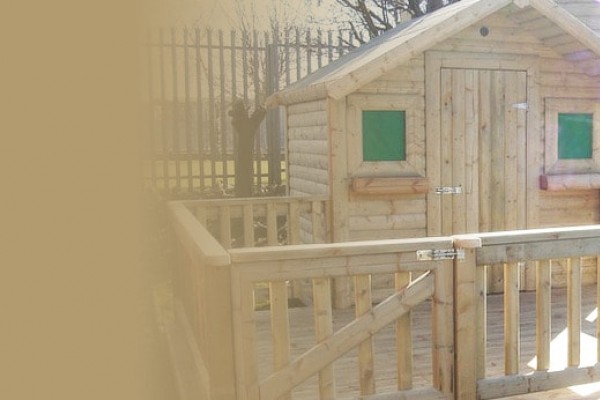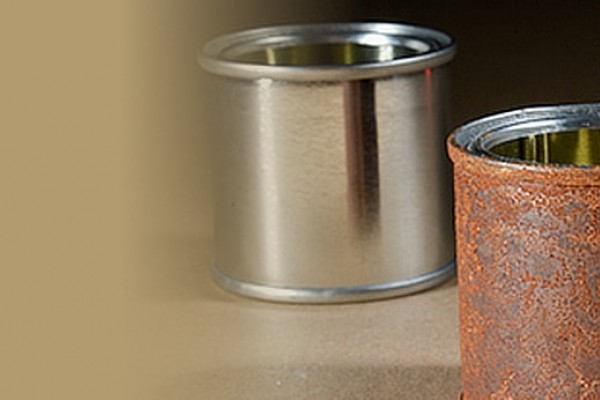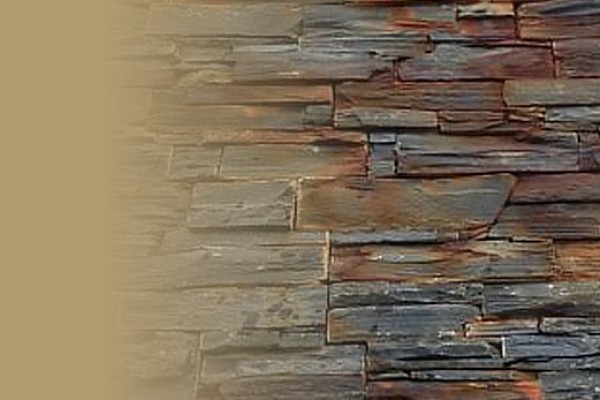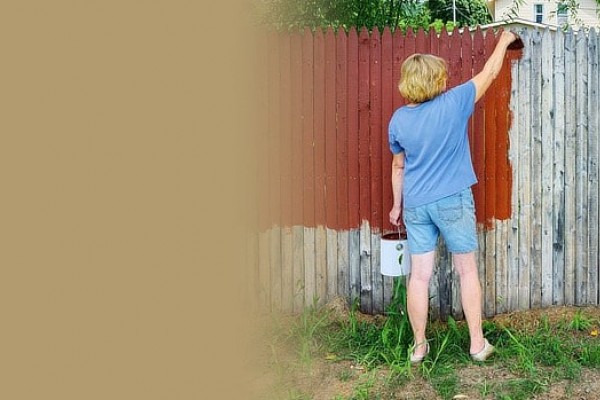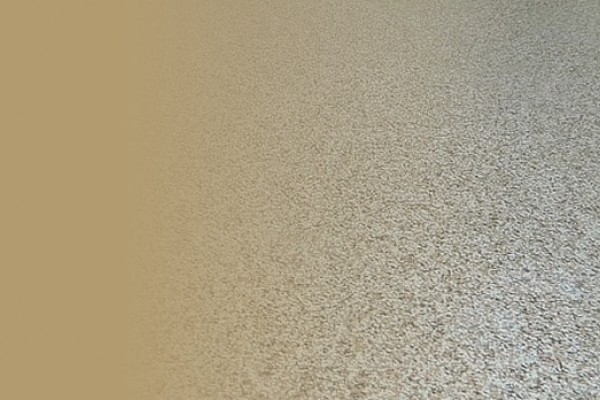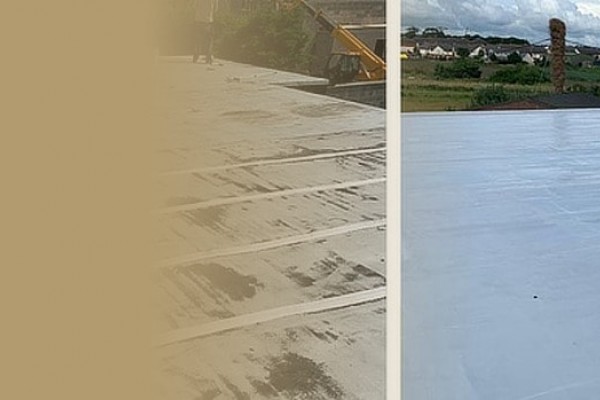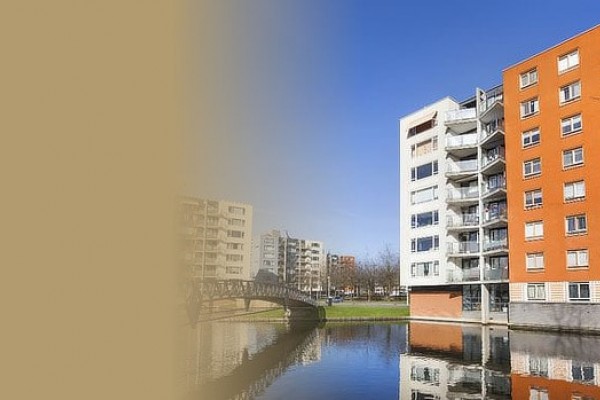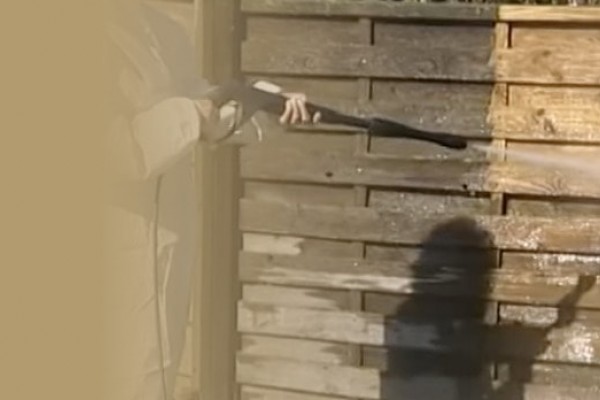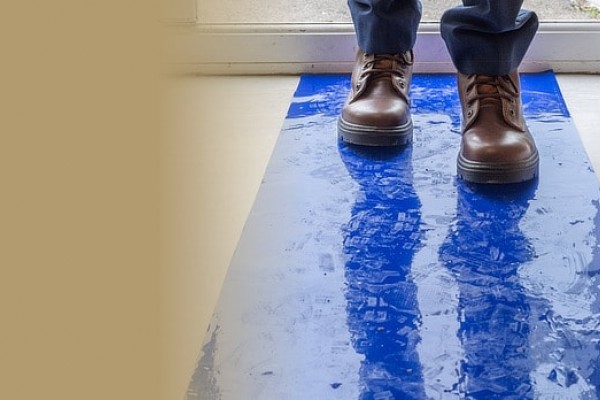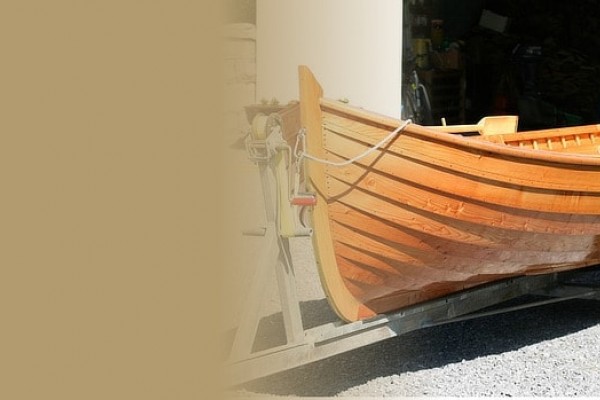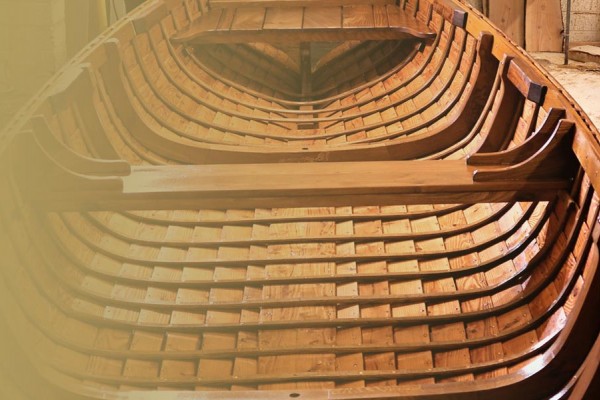Dark Wall Paint Job And New Garden Furniture
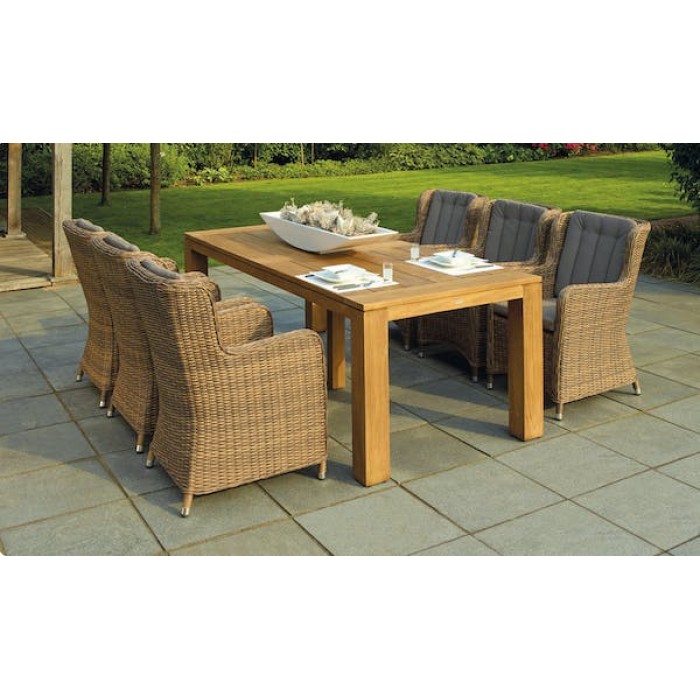
I’ve just purchased a set of hardwood garden chairs and table from my local DIY store. When I asked what I should do to protect it, the chap did not seem too sure. He suggested to oil them, any advice? (F Nugent, Dunlaoghire)
You could as suggested, oil it, but I don’t think it would have much effect because it probably won’t penetrate very well into the new wood.
You could simply leave it for a year or so to weather a bit and allow the pores become more receptive. Alternatively, you could give it a coat of Seasonite which is specifically designed to treat new wood, be it pressure treated or not. Its purpose is to protect the new wood while it is going through its weathering process, i.e. it keeps water and moisture out, thereby preventing cracking, warping etc. At the same time it allows any pockets of moisture escape, a bit like a one way valve you might say. It also contains a fungicide that keeps the algae etc away which is quite useful.
After a year or so, clean off the wood with Net-Trol or the like, and after that you are ready to oil with any of a range of products like Textrol which is clear but tintable, or Danish oil etc.
Our house is painted a dark grey and the walls are chalky, we would like to freshen it up and change the colour to a magnolia or similar. As money is tight, we want to do the job ourselves but I’m not sure about the best way to go about it.
Hire a power washer if you don’t have one yourself, and give the walls a good clean down. Avoid straight-on water jetting as you will inject the wall un-necessarily, use a sharp angle for best results. Fill out any holes, cracks etc with a suitable filler.
Usually, if you try to paint bright on top of a dark, you would require three good coats to get the proper hiding power, but there is a quicker and easier way used a lot by the contractors.
After you’ve done the most important part, the preparation, apart from tools etc, and when the wall is well dried out, you will need a high quality exterior water based paint, some E-B, and Floetrol emulsion paint conditioner, and here’s a real neat trick on how to do your paint job in just two coats instead of the usual three.
Mix in about 25% E-B into your first coat (only) of paint and apply. The E-B will deal with the chalky situation, but it helps hiding power as well.
When your first coat is nice and dry, apply your second coat, but this time, mix in about 10% Floetrol paint conditioner into your emulsion paint and apply. You should have the equivalent of a finished three coat job at this point.
For readers who have exterior walls that look a bit tired but you don’t want the expense of a two coat paint job, you can get a tremendous one coat job done with a combination of E-B plus a high quality exterior masonry paint as mentioned above.

